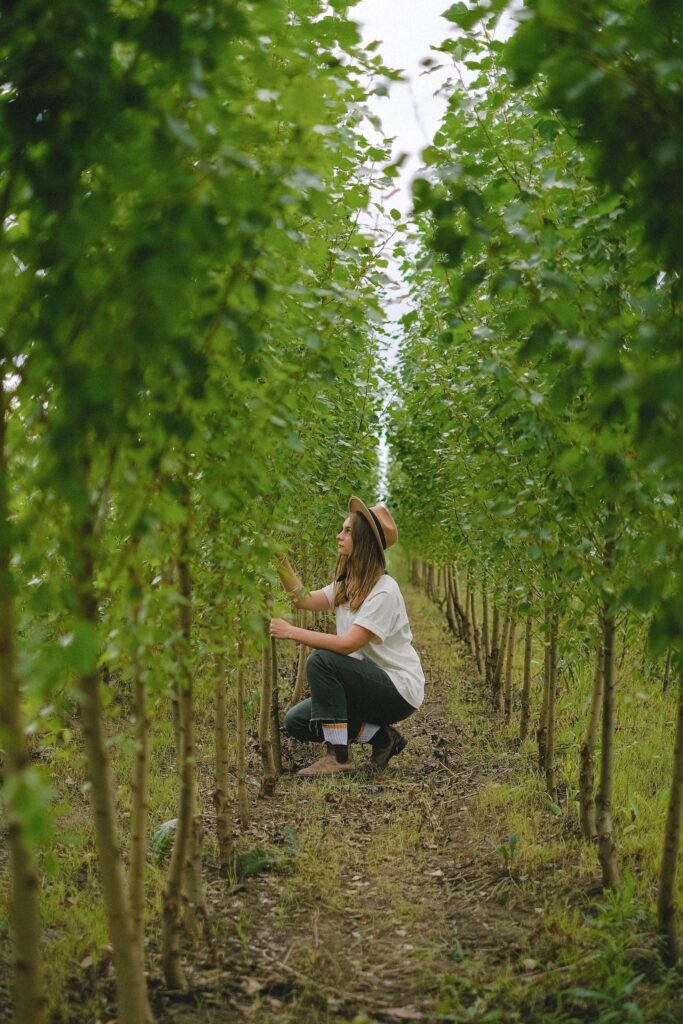Selecting the right trees for your landscape is a crucial decision that goes beyond mere aesthetic appeal. Trees play a significant role in shaping the environment, providing shade, enhancing property value, and contributing to the overall well-being of the ecosystem. Whether you’re a homeowner, landscaper, or community planner, understanding the factors involved in choosing the right trees can lead to a more successful and sustainable landscape. In this guide, we’ll explore key considerations and tips to help you make informed decisions when selecting trees for your outdoor space.

Climate Considerations
One of the fundamental factors in choosing the right trees for your landscape is considering the climate of your region. Different tree species thrive in specific climatic conditions, including temperature range, humidity levels, and annual precipitation. Before making any decisions, research the hardiness zone of your location and choose trees that are well-suited to that particular zone. This ensures that the trees will withstand the local climate and thrive in your landscape.
Soil Conditions
Trees have varying soil preferences, and understanding your soil composition is essential for successful tree planting. Conduct a soil test to determine factors such as pH, nutrient levels, and drainage capacity. Different trees have different soil requirements – some prefer acidic soil, while others thrive in alkaline conditions. By matching the soil conditions with the preferences of your chosen trees, you enhance their chances of establishing strong root systems and flourishing in your landscape.
Space and Location
Consider the available space in your landscape before selecting trees. Some trees have extensive root systems that may interfere with foundations or underground utilities. Others may have broad canopies that require ample space to spread out. Additionally, pay attention to the location of power lines, structures, and other trees, as these factors can influence the growth and health of your chosen trees. Planting trees with their mature size in mind ensures that they won’t outgrow their space and cause issues in the future.
Purpose and Function
Identify the primary purpose or function you want your trees to serve in your landscape. Are you looking for shade, privacy, windbreak, or ornamental value? Different tree species offer various benefits, so understanding the intended purpose helps narrow down your choices. For example, deciduous trees are excellent for providing shade in the summer while allowing sunlight in the winter, while evergreen trees offer year-round privacy and wind protection.
Maintenance Requirements
Consider the level of maintenance you are willing to commit to. Some trees require regular pruning, while others are relatively low-maintenance. Factors such as disease resistance, pest susceptibility, and overall hardiness should be taken into account. Choosing trees that align with your maintenance capabilities ensures a healthy and vibrant landscape without overwhelming upkeep demands.
Wildlife Considerations
Trees play a crucial role in supporting local wildlife by providing habitat, food, and shelter. Consider selecting trees that attract and support native wildlife, such as birds, butterflies, and bees. Native trees are adapted to the local ecosystem and often require less maintenance while contributing positively to biodiversity.
Seasonal Interest
Create a dynamic and visually appealing landscape by selecting trees that offer seasonal interest. Some trees bloom with vibrant flowers in the spring, while others display stunning fall foliage. Evergreen trees provide year-round greenery, adding structure and color to the landscape even in winter. Planning for a variety of trees with different seasonal attributes ensures a constantly changing and visually engaging outdoor space.
Conclusion
Choosing the right trees for your landscape is a thoughtful and rewarding process that involves considering various factors. By taking into account climate conditions, soil preferences, available space, intended purpose, maintenance requirements, wildlife considerations, and seasonal interest, you can create a diverse and thriving landscape that enhances the beauty and functionality of your outdoor space. Remember, a well-chosen and well-planted tree not only adds aesthetic value to your property but also contributes to the overall health and sustainability of the environment.








